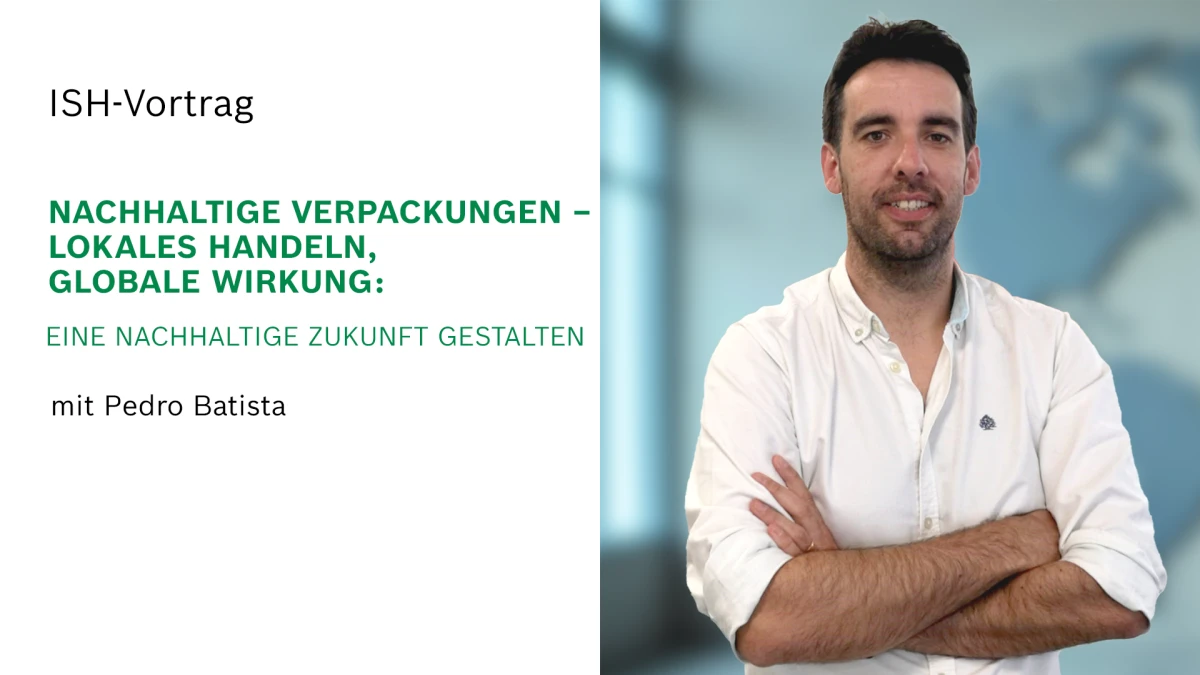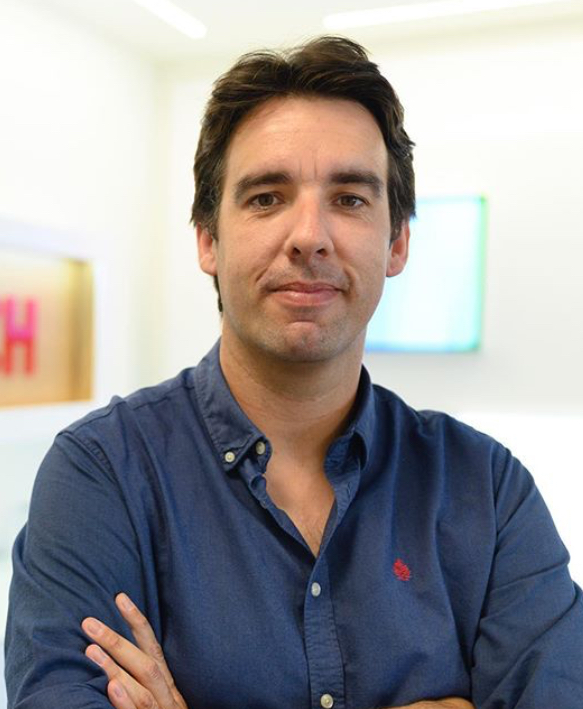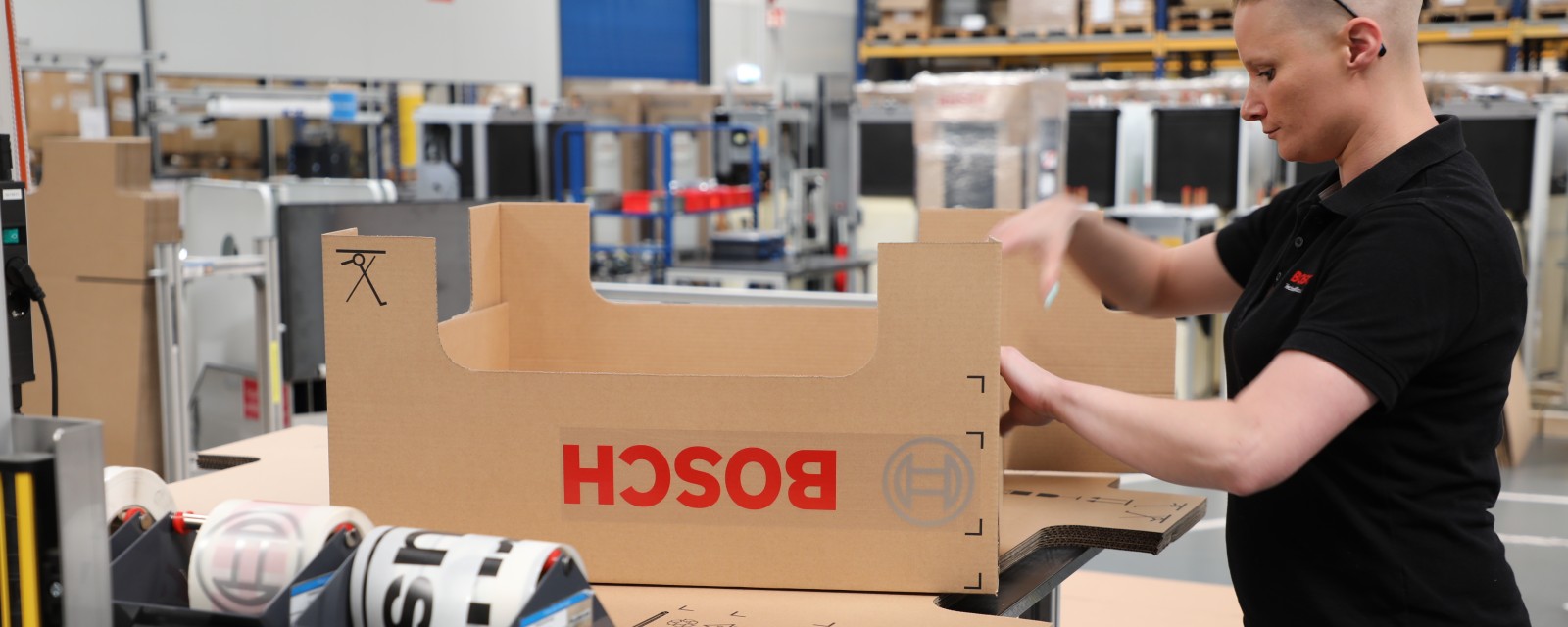
Sustainable packaging for heat pumps
The Bosch Home Comfort Group uses environmentally friendly packaging for heat pumps. With teams in Tranås, Sweden, and Aveiro, Portugal, the challenge is to reduce the environmental impact of packaging materials while ensuring a high level of product protection. When developing packaging, the focus is on achieving a balance between durability, cost-effectiveness and environmental compatibility.
The packaging design process begins with gathering information from various stakeholders, including product managers, logistics teams, legal counsel, and manufacturing experts. This collaboration ensures that all necessary requirements are incorporated into the project from the outset. The result is a well-engineered, sustainable packaging solution that meets transportation and storage requirements. In addition, extensive testing – including with external partners – is conducted before product packaging is introduced to ensure that each packaging solution meets strict sustainability standards. "We put a lot of emphasis on early stakeholder involvement and thorough testing," said Batista Pedro, a member of the sustainability team at Bosch Home Comfort Group and responsible for packaging design. "This process ensures that each solution meets the product requirements while also meeting our sustainability goals".
Progress in material selection and reduction of plastics
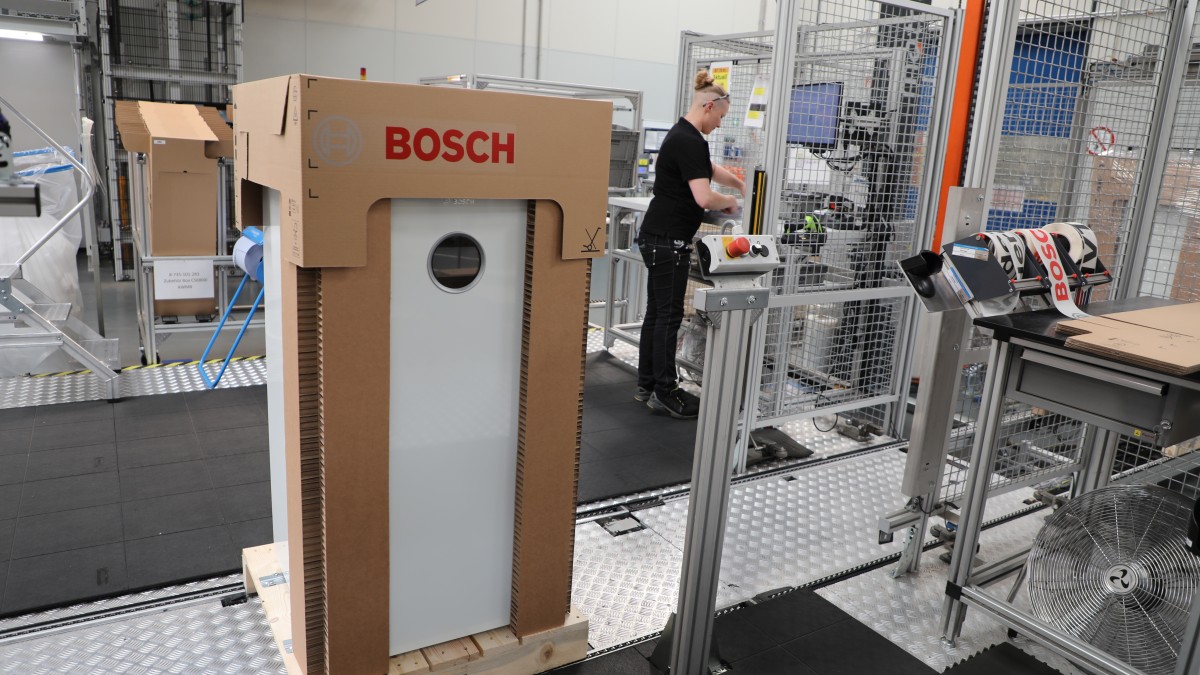
The Bosch Home Comfort Group has an ambitious goal to reduce the use of plastics, especially expanded polystyrene (EPS), in its packaging. In response to increasing customer demand for sustainability, the Bosch team began looking for EPS alternatives as early as 2019. They came across paper-based molding materials, a solution already widely used in the food and medical industries, but still relatively new to the home appliance sector. "The transition to paper-based molding materials is an important milestone," explains Pedro Baptista. "Our goal is to phase out EPS by mid-2025, thereby contributing to the reduction of Bosch's global environmental footprint".
Phasing out EPS was not without its challenges, mainly due to the lower production volumes for heat pumps compared to areas such as food packaging. The teams in Aveiro and Tranås sought and found innovative solutions and partners willing to adapt materials to specific packaging requirements. Over time, partnerships were established with Swedish testing institutes and material suppliers, and the strict environmental standards of the Nordic countries were used for material research and development.
Research projects were also carried out, for example with a Swedish company investigating wood-based foams. Although this foam is still very costly, it has proven that sustainable materials can replace conventional plastics and at the same time reduce CO2 emissions by 40 percent in certain applications. While the foam alternative is not yet ready for widespread use, the research shows one thing clearly: "Our research into sustainable alternatives has shown us what is possible in the future, even if some materials are not yet widely available," says Pedro Baptista.
Improvement projects for greater sustainability and efficiency
In addition to developing innovative materials, the Bosch Home Comfort Group is also improving the overall efficiency of its packaging solutions. A recent project by the packaging team involved a comprehensive analysis of packaging requirements, which led to significant progress. For example, packaging costs were reduced by 40 percent, while CO2 emissions per module were cut by 25 percent. These calculations, which are currently based on generic data, illustrate the dual focus on economic efficiency and environmental sustainability.
By aligning material selection with economic and environmental priorities, the project underscores Bosch's commitment to sustainable progress. Following the release of the new module, detailed CO2 assessments will be carried out to further confirm the environmental benefits of this advance.
Technology-based solutions for flexibility and efficiency
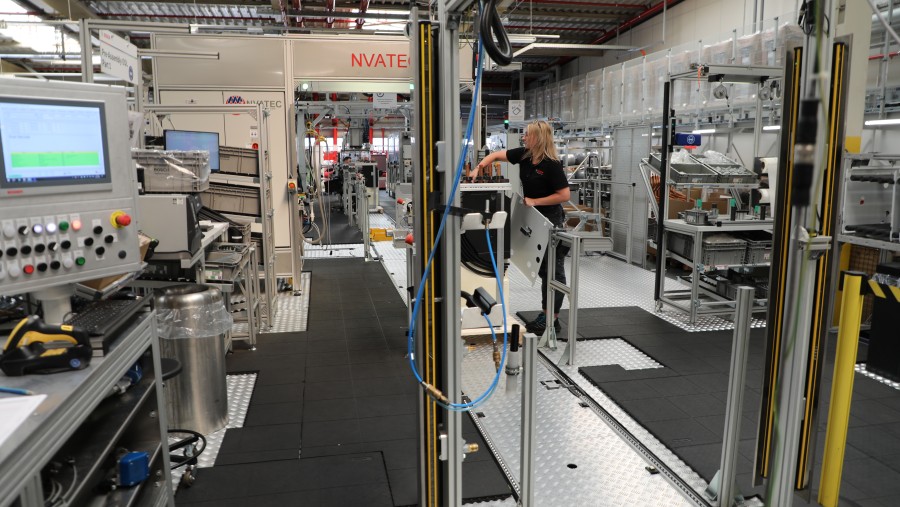
To support continuous innovation, Bosch has installed a CNC cutting machine at the Tranås site. This cutting-edge technology makes it possible to develop and test prototypes and refine in-house packaging solutions. By using the machine for in-house development, Bosch has achieved greater flexibility and shortened development cycles by up to four weeks, significantly reducing the response time to new project requirements.
"The CNC machine has fundamentally changed the way we work," explains Pedro Baptista. "It allows us to develop customized solutions in small quantities that reduce waste and meet specific product requirements". The investment has made the Bosch Home Comfort Group less dependent on large orders, which previously meant that excess stock had to be stored for up to three years. Now it can produce exactly what is needed for each product, reducing storage costs and unnecessary material consumption. The CNC machine has also enabled Bosch to further improve the packaging of smaller parts in small quantities, such as spare parts and accessories. This flexibility has made it possible to respond to stakeholder feedback, taking into account both environmental sustainability and cost efficiency.
Towards a greener future for packaging
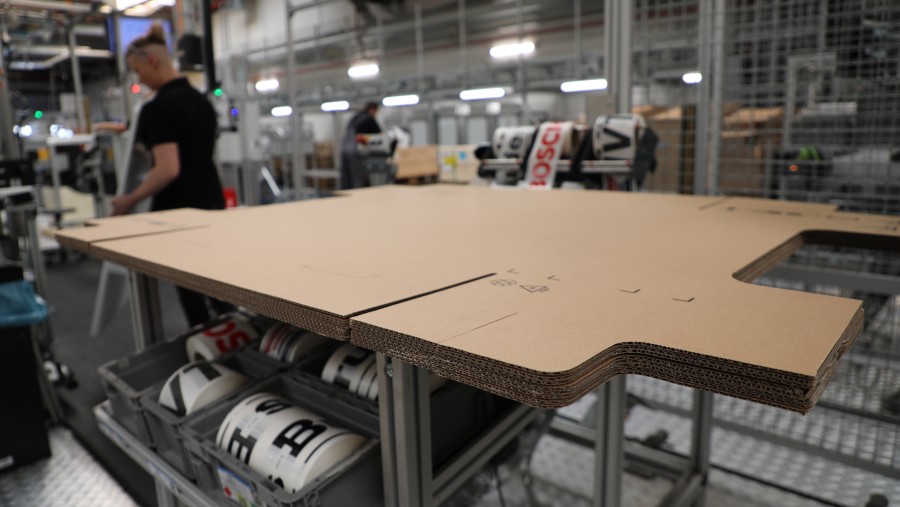
The progress made by the Bosch Home Comfort Group in the area of sustainable packaging makes an important contribution to achieving environmental goals, while at the same time meeting the growing demand from customers for environmentally friendly products. The company plans to continue working on improvements and testing new solutions, as reducing packaging waste is seen as an essential part of long-term environmental protection.
Speech on ISH 2025
Here you can watch the recording of Pedro Batista's speech on "Sustainable packaging - Local action, global impact. Building a sustainable future" at ISH 2025 in Frankfurt.
